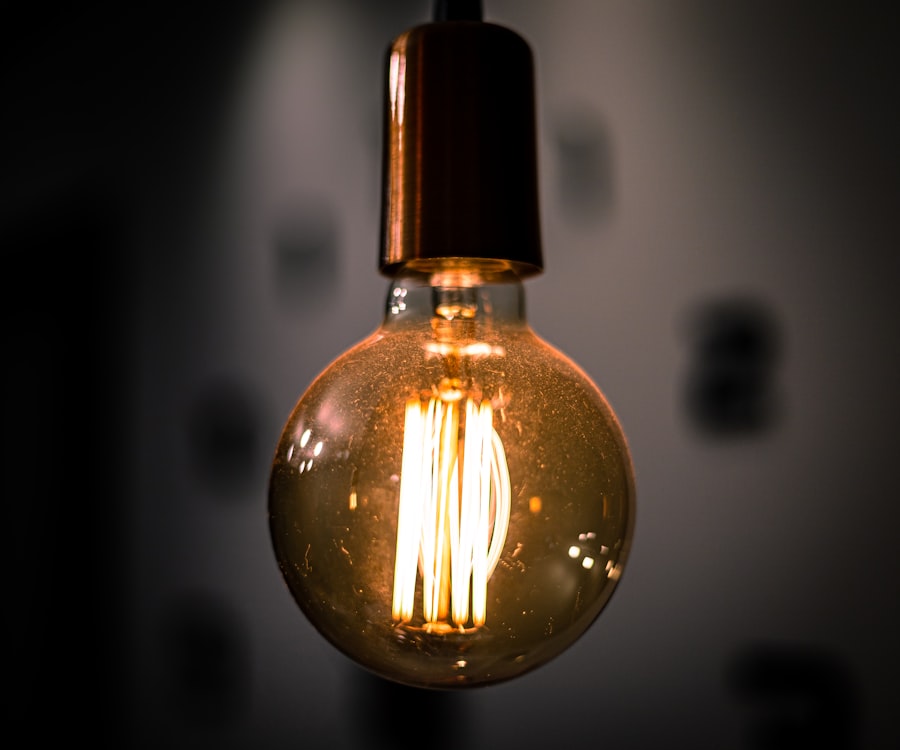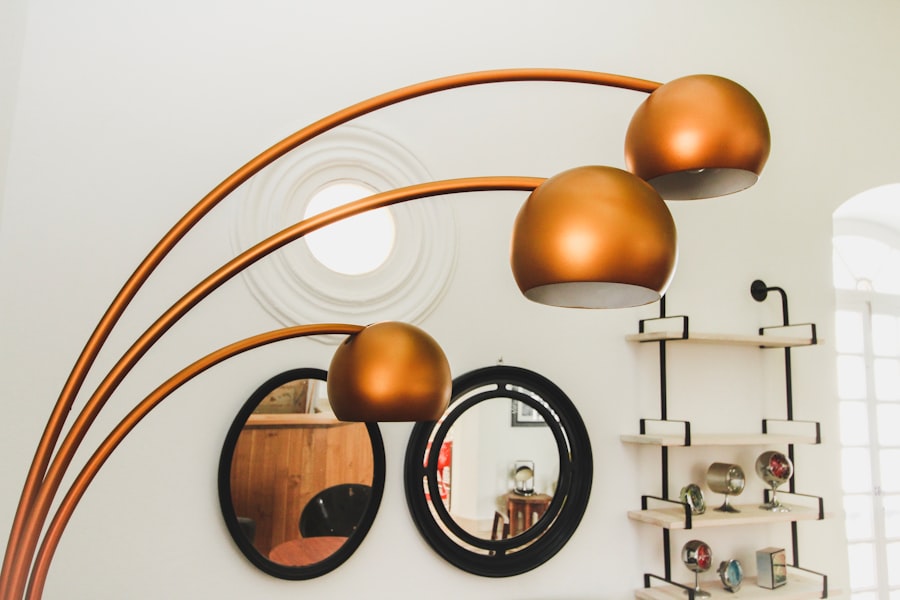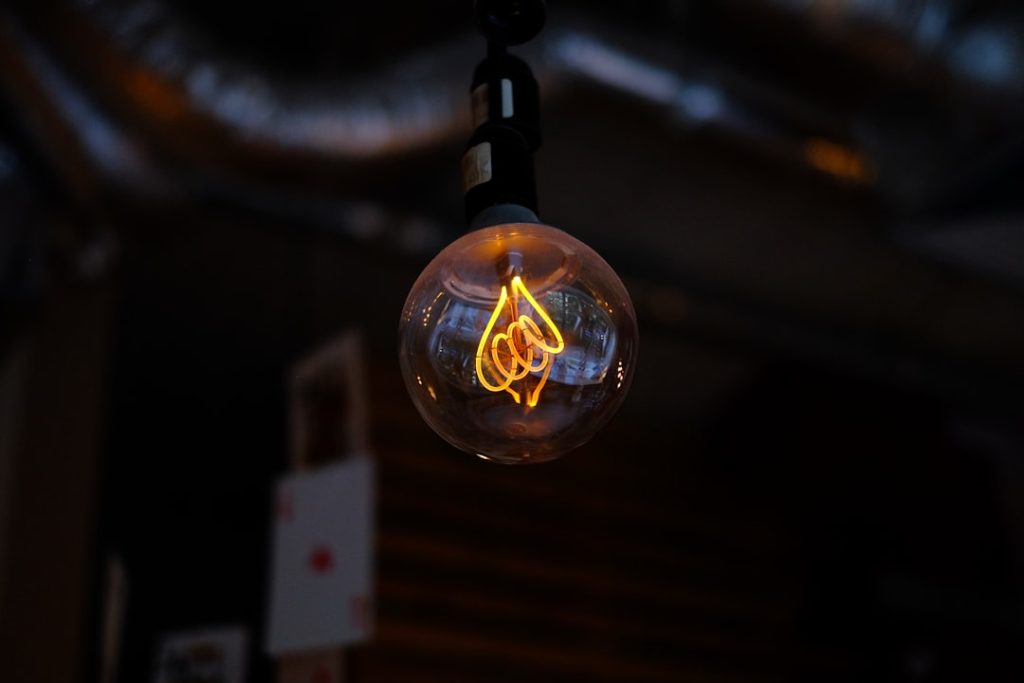Heat lamps are essential for maintaining the health and comfort of chickens, particularly during cold weather. Chickens, being cold-blooded animals, cannot regulate their body temperature like mammals. They depend on external heat sources to stay warm when temperatures drop.
Heat lamps provide this necessary warmth, helping to prevent conditions such as frostbite and hypothermia in chickens. Beyond warmth, heat lamps play a crucial role in sustaining egg production during winter months. Cold temperatures cause chickens to prioritize warmth over egg-laying.
By providing heat through lamps, chicken owners can help ensure consistent egg production throughout the year. This is particularly beneficial for those who depend on a steady supply of fresh eggs from their flock. Heat lamps are thus a valuable tool for chicken owners, especially in colder climates.
They contribute significantly to keeping chickens healthy, comfortable, and productive year-round.
Table of Contents
Key Takeaways
- Heat lamps are important for keeping chickens warm, especially during colder months and for young chicks.
- When choosing a heat lamp for your flock, consider factors such as size, wattage, and safety features.
- Safety precautions when using heat lamps include securing the lamp properly, using a GFCI outlet, and keeping flammable materials away.
- Proper placement of heat lamps in the chicken coop is crucial to ensure even distribution of heat and to prevent fire hazards.
- Monitoring and maintaining heat lamps regularly is essential to ensure they are functioning properly and to prevent accidents.
- Alternatives to heat lamps for keeping chickens warm include heated pads, radiant heaters, and insulating the coop.
- Ensuring the comfort and safety of your chickens should be the top priority when using heat lamps or alternative heating methods.
Choosing the Right Heat Lamp for Your Flock
Choosing the Right Type of Heat Lamp
It’s essential to choose a heat lamp specifically designed for use with poultry. These lamps typically come equipped with features such as a protective guard to prevent chickens from coming into direct contact with the hot bulb, as well as a clamp or hanging mechanism for easy installation in the chicken coop.
Selecting the Appropriate Wattage
In addition to choosing a lamp designed for poultry, it’s crucial to select the appropriate wattage for your specific coop size and climate. For smaller coops or milder climates, a lower wattage heat lamp may be sufficient to provide the necessary warmth for your chickens. However, in larger coops or colder climates, a higher wattage lamp may be required to adequately heat the space.
Considering the Type of Bulb
It’s also important to consider the type of bulb used in the heat lamp. Infrared bulbs are often recommended for poultry, as they emit a gentle, radiant heat that is well-suited for keeping chickens warm without causing unnecessary stress or discomfort.
Safety Precautions When Using Heat Lamps

While heat lamps are an effective tool for keeping chickens warm, it’s important to take certain safety precautions when using them to minimize the risk of fire or injury. One of the most critical safety measures is to ensure that the heat lamp is securely installed and positioned out of reach of the chickens. This can be achieved by using a sturdy clamp or hanging mechanism to secure the lamp to the ceiling or wall of the coop, ensuring that it is not at risk of falling or being knocked over by the birds.
It’s also essential to regularly inspect the heat lamp for any signs of wear or damage, such as frayed cords or cracked casings. Additionally, it’s crucial to use the correct wattage bulb for the size of your coop and to avoid using bulbs that exceed the recommended wattage. Overheating can pose a significant fire hazard, so it’s important to follow the manufacturer’s guidelines for bulb wattage and to monitor the temperature in the coop regularly.
Finally, it’s important to keep flammable materials such as straw or wood shavings away from the heat lamp to prevent the risk of fire.
Proper Placement of Heat Lamps in the Chicken Coop
The proper placement of heat lamps in the chicken coop is essential to ensure that chickens receive adequate warmth without posing a safety risk. Ideally, heat lamps should be positioned at a height that allows them to emit heat evenly throughout the coop without creating hot spots or drafts. This typically means hanging the lamp from the ceiling at a height that is out of reach of the chickens but still provides ample warmth to the entire space.
It’s also important to consider the layout of the coop when determining where to place the heat lamp. For example, if your coop has multiple roosting areas, you may need to install more than one heat lamp to ensure that all areas receive sufficient warmth. Additionally, it’s crucial to position the lamp in a location where it is not at risk of being knocked over by the chickens or coming into contact with flammable materials.
By carefully considering the placement of heat lamps in the chicken coop, you can help ensure that your flock stays warm and safe throughout the colder months.
Monitoring and Maintaining Heat Lamps
Once heat lamps are installed in the chicken coop, it’s essential to monitor and maintain them regularly to ensure that they continue to function safely and effectively. This includes checking the bulbs for signs of wear or damage and replacing them as needed to maintain consistent warmth for the chickens. It’s also important to monitor the temperature in the coop regularly to ensure that it remains within a safe and comfortable range for the birds.
In addition to monitoring the heat lamps themselves, it’s crucial to keep an eye on the chickens to ensure that they are responding well to the warmth provided by the lamps. If you notice any signs of distress or discomfort in the birds, such as panting or huddling together excessively, it may be necessary to adjust the placement or wattage of the heat lamps to better suit their needs. By staying vigilant and proactive in monitoring and maintaining heat lamps, you can help ensure that your flock remains warm and healthy throughout the winter months.
Alternatives to Heat Lamps for Keeping Chickens Warm

Insulation: A Key to Retaining Heat
While heat lamps are a popular choice for keeping chickens warm, there are also alternative methods that can be used to provide warmth for your flock. One option is to insulate the chicken coop to help retain heat and block out cold drafts. This can be achieved by adding insulation material such as foam board or fiberglass batts to the walls and ceiling of the coop.
Cozy Bedding for a Warm Environment
Additionally, providing plenty of bedding such as straw or wood shavings can help create a cozy environment for chickens to nestle into and stay warm.
Heated Waterers and Perches: Alternative Solutions
Another alternative to heat lamps is using heated poultry waterers or heated perches. Heated waterers can help prevent water from freezing in cold temperatures, ensuring that chickens have access to fresh water at all times. Heated perches provide a warm spot for chickens to roost on during chilly nights, helping them stay comfortable and avoid frostbite on their feet.
Ensuring the Comfort and Safety of Your Chickens
In conclusion, heat lamps play a crucial role in keeping chickens warm and comfortable during cold weather, helping to maintain their health and productivity throughout the year. When choosing a heat lamp for your flock, it’s important to consider factors such as wattage, bulb type, and safety features to ensure that you select the right one for your specific needs. Taking safety precautions when using heat lamps, such as securing them properly and monitoring their condition regularly, is essential for minimizing the risk of fire or injury in the chicken coop.
Proper placement of heat lamps is also key to ensuring that chickens receive adequate warmth without posing a safety risk. By positioning heat lamps at an appropriate height and location within the coop, you can help ensure that your flock stays warm and safe throughout the colder months. Monitoring and maintaining heat lamps regularly is essential for ensuring that they continue to function effectively and safely, providing consistent warmth for your chickens.
While heat lamps are a popular choice for keeping chickens warm, there are also alternative methods such as insulation, heated waterers, and heated perches that can be used to provide warmth for your flock. By considering these alternatives, you can find a method that best suits your preferences and needs while ensuring that your chickens remain comfortable and safe in cold weather. Overall, by taking these measures into consideration, you can ensure the comfort and safety of your chickens throughout the year.
If you’re looking for more tips on keeping your chickens safe and warm, check out this article on poultrywizard.com. It provides information on different types of heaters that can be used in a chicken coop to ensure that your feathered friends stay cozy during the colder months.
FAQs
What is a heat lamp for chickens?
A heat lamp for chickens is a source of warmth and light that is used to keep chickens safe and warm, especially during cold weather or in a coop without adequate heating.
How does a heat lamp keep chickens safe and warm?
A heat lamp provides a source of warmth that helps to regulate the body temperature of chickens, preventing them from getting too cold and potentially suffering from hypothermia. It also provides light, which can help to reduce stress and encourage natural behaviors in chickens.
What are the benefits of using a heat lamp for chickens?
The main benefit of using a heat lamp for chickens is that it helps to keep them safe and comfortable in cold weather, reducing the risk of illness or death due to extreme temperatures. It can also help to promote healthy growth and development in young chicks.
Are there any risks associated with using a heat lamp for chickens?
Yes, there are some risks associated with using a heat lamp for chickens. These include the risk of fire if the lamp is not properly secured or if it comes into contact with flammable materials, as well as the risk of overheating or burns if the lamp is placed too close to the chickens.
What are some safety tips for using a heat lamp for chickens?
Some safety tips for using a heat lamp for chickens include ensuring that the lamp is securely mounted and positioned at a safe distance from the chickens, using a heat lamp with a protective guard to prevent direct contact with the bulb, and regularly checking the lamp for any signs of damage or malfunction. It is also important to use a heat lamp with a built-in thermostat to regulate the temperature and prevent overheating.
Meet Walter, the feathered-friend fanatic of Florida! Nestled in the sunshine state, Walter struts through life with his feathered companions, clucking his way to happiness. With a coop that’s fancier than a five-star hotel, he’s the Don Juan of the chicken world. When he’s not teaching his hens to do the cha-cha, you’ll find him in a heated debate with his prized rooster, Sir Clucks-a-Lot. Walter’s poultry passion is no yolk; he’s the sunny-side-up guy you never knew you needed in your flock of friends!







